I tell my writing students that I was a hopelessly nerdy teenager. When I illustrate by explaining that I looked forward to writing research papers because I just loved to dig through the dusty shelves of the library, they are inclined to agree! But I insist that research can be fun.
Since it’s getting near the holidays, and you’re probably ready for a bit of a break—or at least a change of pace—let me share one of my new favorite research sites. Food Timeline (http://foodtimeline.org/) contains food history and historic recipes. Here’s how I would use even such a random source to “spice up” a historical fiction novel.
- Some of the foods listed just make me laugh. Imagine how entertaining it would be to read a story that featured foods like “toad-in-a-hole,” “roly-poly pudding,” or “tipsy parson.” Odd bits like that feed my imagination.
- I might get into the mood to write by preparing a dish or meal typical to the setting of my story. If I could enjoy eating it while listening to period music (also easily researched), so much the better.
- Since my WIP (work in progress) is set at a resort hotel during World War I, I scrolled down to the early 1900s and found that Chicken a la King and Fettuccini Alfredo were new recipes—“all the rage” at that period. Just the thing for one of my wealthy restaurant-goers to order!
- I also found several wartime cookbooks with recipes for rationed staples and at least one recipe from the Manual for Army Cooks. If contrast makes for good reading, how could I show the difference between what the troops ate in the trenches, what the common laborer’s wife scrimped to prepare for her family, and what the privileged few dined on at their vacation resort?
While I was browsing the recipe for Fettuccini Alfredo, I read the history of that dish. An Italian chef (Alfredo, of course) invented it to tempt his wife to eat after the birth of their son. He used pasta, rich butter, and cream because she needed the nourishment. Movie stars Douglas Fairbanks and Mary Pickford sampled the dish on their honeymoon to Rome and made it famous. There’s a good love story hiding it those facts!
I also noticed that there are several recipes I remember from favorite books I have read: pickled limes from Louisa May Alcott’s Little Women, foods from Chaucer, Shakespeare and Jane Austen’s stories, even Yankee Doodle’s hasty pudding. (Always wondered what that was.)
If you keep your eyes open for odd details, these peculiar bits of research can go a long way to add authenticity to your writing…and might even inspire a whole new tale. If you have a favorite research site or random historical fact, please share in the comments section!
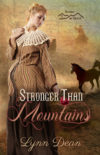
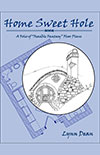
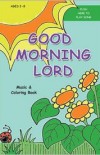
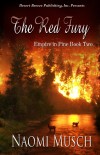
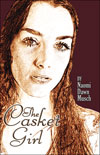
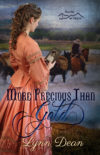
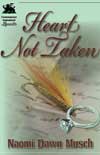
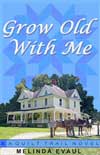
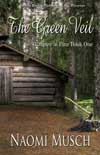

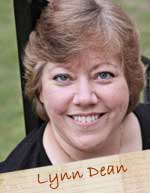

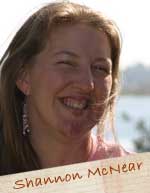
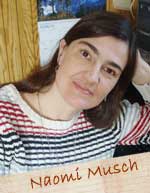
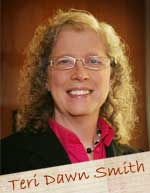
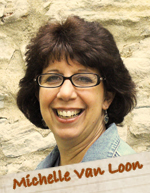
Speak Your Mind
You must be logged in to post a comment.